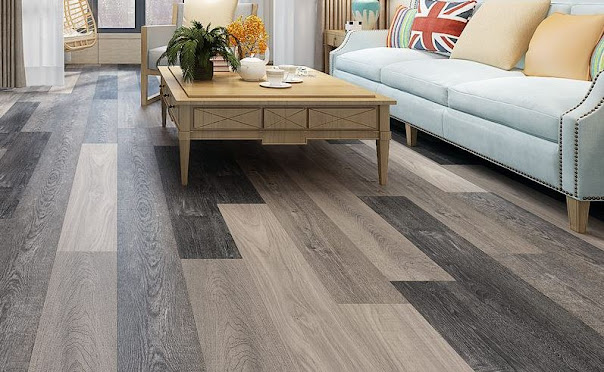Why Are Persian Carpets So Valuable That Are Known The World Over For Their Rich Colors, Variety Of Spectacular Artistic Patterns?
Persian Carpets are known the world over for their rich colors, variety of spectacular artistic patterns and quality of design. These are some of the reasons why they are so sought after and valuable today.
Variety Of Styles Such As Modern, Antique, Rustic Or Traditional
They are beautiful pieces that can go with a variety of styles such as modern, antique, rustic or traditional furniture in any room. They are also very durable and have a long life.
Handwoven Persian Carpets can be made of wool, silk or a combination of both. These are generally more expensive than machine-made rugs because the wool is boiled, spun and dyed by hand.
The yarns are usually dyed with natural colorings from plants and insects, or by commercially available chemicals. These colours vary between different eras, with some colour varieties being more common than others. The underlying weave of the rug is often made from cotton or silk, while a small amount of wool is sometimes used in the pile.
Quality And Durability
Some rugs are woven with single wool plies (S-twisted) while others use two or more wool plies twisted together. The direction of the twist can determine whether a carpet is tufted or pile-woven.
Most Persian rugs are hand-woven, and the warp strings are threaded through the weft string. The knots are then tied by hand to the warp string to create the pattern. The density of the knots is important in determining the quality and durability of the rug. Knot density is measured by counting the number of knots in an inch down the warp and across the weft.
This process is a long, laborious and time-consuming one that involves a lot of manual work. However, it is still worth the effort for those who want to have a high-quality rug.
Cultural And Religious Heritage
Persian Carpets Dubai are often woven with multiple colors, such as red, green and blue. The resulting pile is very dense, which makes them sturdier and more resistant to wear.
The weavers also choose motifs that reflect their cultural and religious heritage. These can include flowers, animals or geometric designs. Some motifs are very simple and may contain only the 'Tashkeqeh' symbol (Ancient Iran's national emblem).
There are many different types of carpets produced in Persia, each with its own distinct features and style. The most prominent and popular of these is the Isfahan rug, which is characterized by its center medallion. This type of carpet is commonly found in palaces, museums and mansions around the world.
Other well-known Iranian carpets are the Qom, Tabriz and Kerman rugs, as well as the Gabbeh rugs from Fars Province in southwestern Iran. These rugs are often very fine, with a high silk content, and they often contain a variety of flower and vine motifs.
Conclusion:
They are primarily made from sheep's wool, which is boiled, spun and dyed by artisan weavers, but other materials can also be used. Some of the best carpets are made from wool-silk blends. These are usually more expensive than pure silk rugs, but they are very attractive and durable.
.jpg)



Comments
Post a Comment